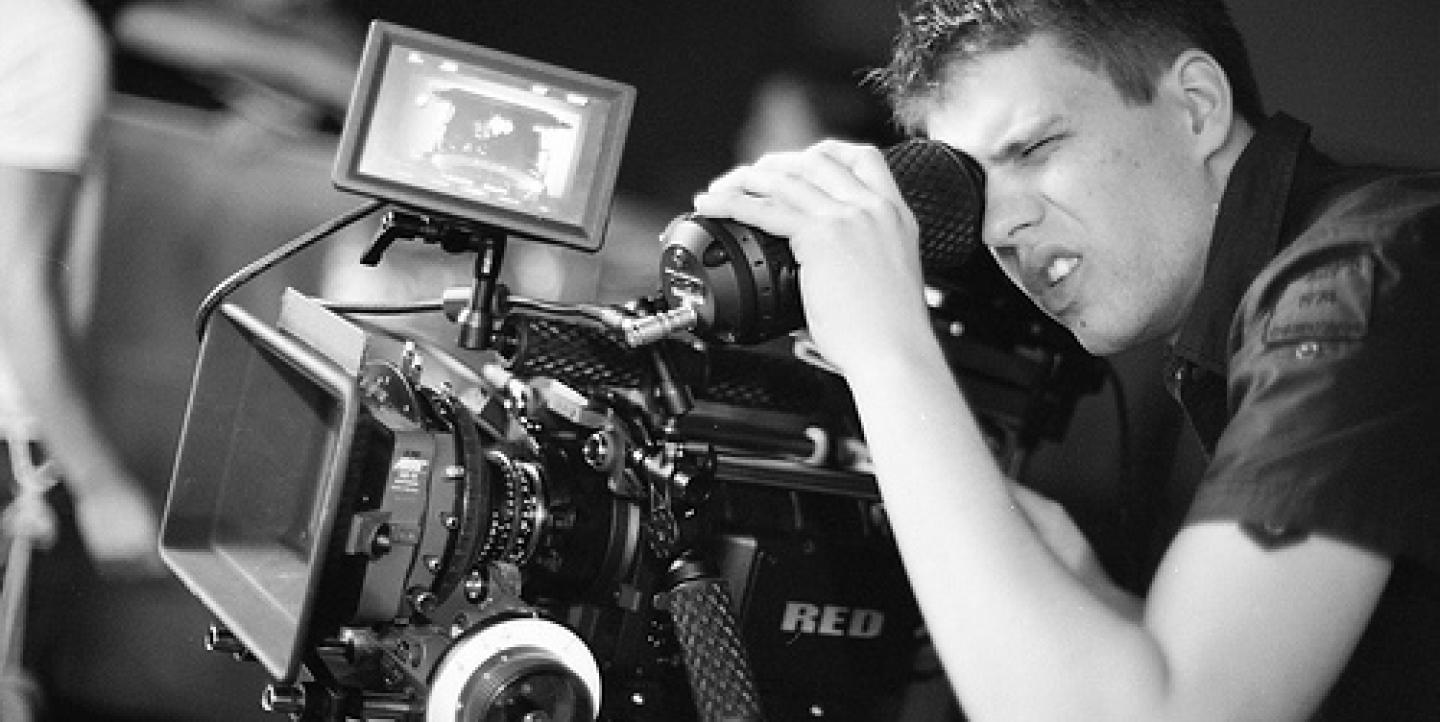Sometimes less is more when it comes to storytelling.
That's the case with a video technique that's gaining traction: the use of one short, unedited shot with sparse narration to tell a story, notes Al Tompkins in a post recently published on Poynter.
Here are some things to keep in mind if you experiment with this technique:
Shoot during a high-stakes moment
Stories that culminate in a single, defining moment lend themselves well to one-shot clips. Reporter John Sharify and photojournalist Scott Jensen told Poynter about their project that followed an unemployed woman in search of a job. They used one shot to document the minutes before she went on a job interview.
“If you think about what our job is as journalists,” Jensen told Poynter, “we are supposed to illustrate reality. We portray what real life is. I am about capturing a real life. I want to be in the moment and presenting it in a raw, unfiltered form.”
It's tougher than it looks
Although it's simpler than editing together multiple scenes, the one-shot method is more complex than it might appear. Jensen notes that there are several audio tracks to coordinate: the microphone each subject wears during the scene, microphones to detect "natural sound" and the audio narration. And as if that wasn’t enough, the person behind the camera can feel a sense of pressure when the project rides on a single shot.
“I was worried that we were going to miss magical moments," said photojournalist Sarah Haeberle, who documented a woman's experience trying to adopt children from Sierra Leone. "The subject was pacing all over the place. I realized that I didn’t know when the shot was happening what we would use. If you only have two minutes for one shot, when does the shot begin?”
Variety is key
Experiment with camera angles and shot techniques when trying to capture the raw reality of a story. The photojournalists who spoke with Poynter said they wished they had switched things up a bit more in their respective projects. Jensen said he had wanted to do a 360-degree shot of his subject, but decided against it for fear of unpredictable interferences.
He stressed the importance of keeping the video up to normal standards. “I didn’t want the fact that it was going to be a one-shot story to stop me from shooting it the way I would any other story," he said.
The images should simply be explained, not narrated, according to Sharify. The stories must carry enough weight to provide a compelling clip. “A lot of one-shot stories I have seen don’t work because they don’t have enough meat,” he said. “There has to be a story there.”
United Flight- Reunites from Sarah Haeberle on Vimeo.
Read Tompkins' post here.
Poynter Online is IJNet’s partner and the website of the Poynter Institute, a school serving journalism and democracy for more than 35 years. Poynter offers news and training that fits any schedule, with individual coaching, in-person seminars, online courses, webinars and more.
Photo CC-licensed on Flickr, courtesy of Reinis Traidas

